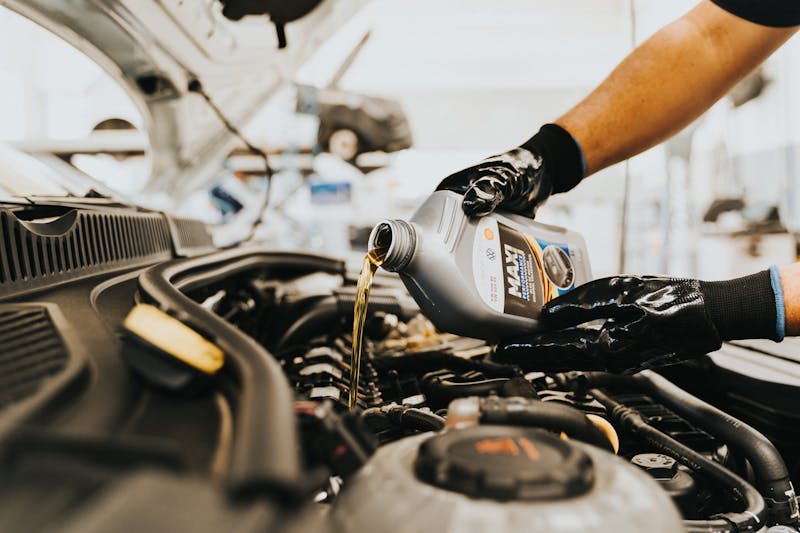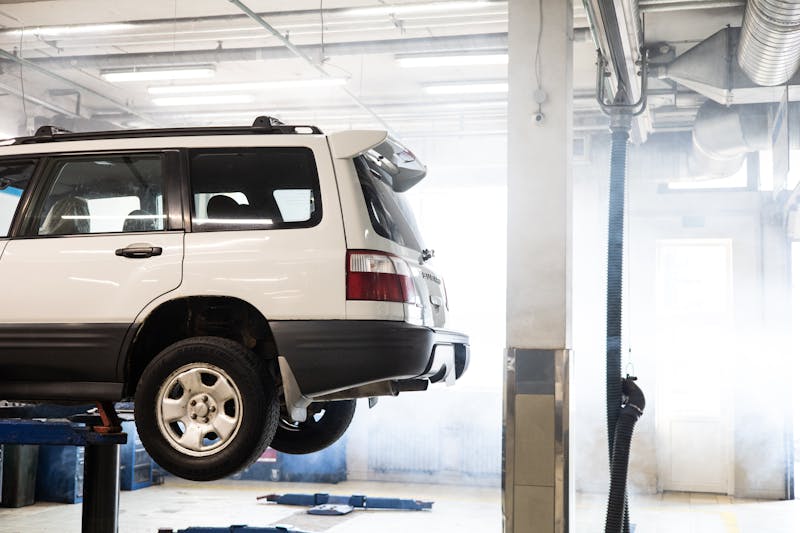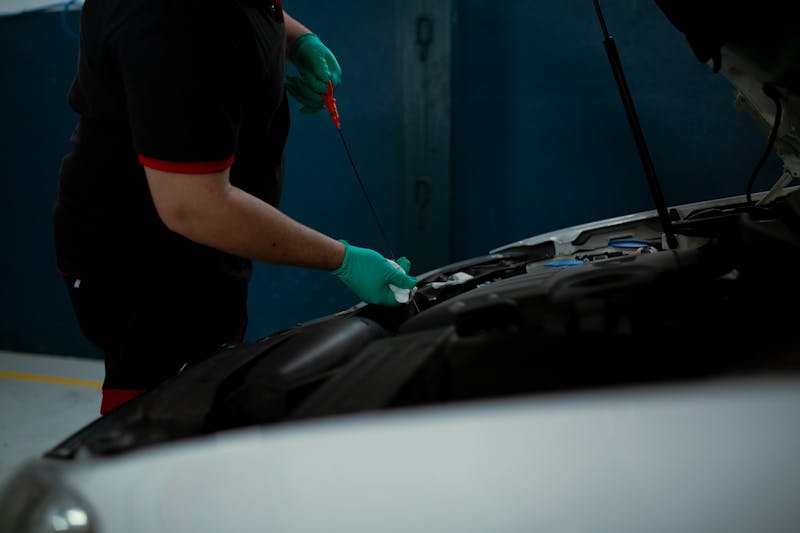
You’re driving along when a light on your dashboard suddenly catches your attention—it’s the oil change warning. While it may appear harmless at first, a flashing oil change light can point to a more urgent problem under the hood. If this alert comes on while you’re on the road, it’s important not to brush it off or delay action, as it could signal a serious issue with your engine’s lubrication system.
The oil change light is part of your vehicle’s maintenance reminder system. Its main job is to inform you when your engine oil needs attention, whether it’s due for a routine change or a more urgent problem like low oil pressure. Driving with insufficient or dirty oil can lead to engine damage, overheating, and costly repairs.
In this article, we’ll explore why your oil change light may be flashing, what actions to take immediately, and how to prevent this from happening in the future.
What Does the Oil Change Light Mean?
When the oil change light turns on—especially while you’re driving—it generally signals that your vehicle’s onboard computer has detected either low oil quality, low oil level, or a problem with oil pressure.
Unlike the check engine light, which can represent a wide range of issues, the oil change light is more specific. It’s based on either time, mileage, or sensor readings related to your engine’s oil. If it’s flashing, it may indicate that the engine is in immediate danger due to low lubrication, and you should act quickly.
What Should You Do Immediately?
If the oil change light begins flashing while you’re driving, here’s what you should do:
- Pull Over Safely: As soon as it’s safe, pull over and turn off your engine.
- Check Oil Level: Open the hood and use the dipstick to check your engine oil level. If it’s low, top it off with the correct type of oil for your vehicle.
- Inspect for Leaks: Look under the car for signs of an oil leak. A sudden drop in oil level could be due to a leak that needs immediate attention.
- Call for Help: If the light continues flashing after you’ve topped off the oil or if the oil level was fine, it could be a sign of low oil pressure or a faulty sensor. In this case, call a tow service or a mobile mechanic.
- Do Not Keep Driving: Driving with a flashing oil change light can cause serious engine damage. Don’t risk it.
Is It Safe to Keep Driving?
No. A flashing oil change light is often more urgent than a steady one. It could mean that your oil pressure is dangerously low, which may lead to overheating, friction damage, or even complete engine failure.
If you’re far from a service station, add oil if needed and drive only as far as the nearest safe place. But ideally, arrange for your car to be towed to a mechanic to avoid further complications.
What Causes the Oil Change Light to Flash?
There are several possible causes:
- Low Oil Level: The most common reason. Your engine may be burning oil, or there might be a leak.
- Dirty or Old Oil: Over time, oil loses its effectiveness. Sludge can build up and impact oil pressure.
- Faulty Oil Pressure Sensor: Sometimes the sensor itself is the problem and may need to be replaced.
- Worn Oil Pump: If your pump isn’t circulating oil properly, the system may trigger the warning.
- Computer Glitch: Some vehicles may have an issue with the oil change monitoring system that requires a reset or software update.
Understanding these causes can help you explain the situation better to a mechanic and prevent future occurrences.
How Often Should You Check Your Engine Oil?
Routine checks are the best way to avoid seeing the oil change light while driving. Make it a habit to check your oil:
- Every 2 to 4 weeks, or
- Before long road trips, and
- After any unexpected engine behavior, such as knocking sounds or overheating
If you’re unsure whether your oil is due for a change, look out for signs your car needs an oil change, such as dark, gritty oil on the dipstick, a noisy engine, or poor fuel economy. Always refer to your owner’s manual for your vehicle’s specific oil change interval.
Preventive Tips to Avoid Oil Change Light Issues
To keep the oil change light off and your engine running smoothly, follow these preventive measures:
- Stick to a Regular Maintenance Schedule: Follow the mileage or time recommendations for oil changes.
- Use the Right Oil Type: Consult your owner’s manual or a trusted mechanic to ensure you’re using the recommended oil.
- Keep an Eye on the Dashboard: Don’t ignore warning lights. Responding early can prevent more serious issues.
- Check for Leaks: Even a small leak can become a big problem if left unresolved.
- Ask for a System Reset After an Oil Change: Some cars need the oil change indicator reset manually.
What If the Light Comes On After an Oil Change?
This can happen if the oil change light wasn’t properly reset or if there’s a malfunction with the oil monitoring system. In most cars, you can reset the light through a series of dashboard commands or steering wheel buttons. If you’re unsure, consult your owner’s manual or visit your mechanic for assistance.
Final Thoughts
A flashing oil change light is a red flag you shouldn’t ignore. Whether it’s a matter of adding more oil, addressing a mechanical issue, or performing regular maintenance, prompt action can save you from expensive engine damage. Prevention is the best policy—regular oil checks and timely oil changes ensure your car stays roadworthy and reliable.





